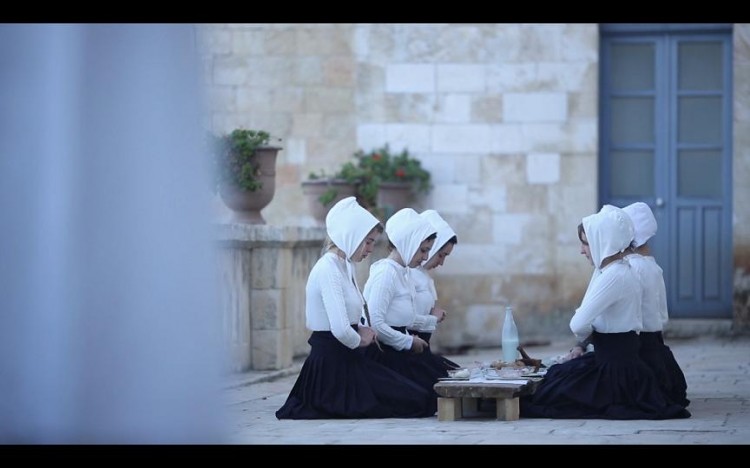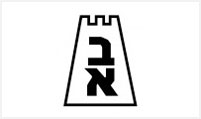4th exhibition in the 19th Nidbach series The Divine Mother
Artist:
Gili Lavy
Curator:
Sharon Balaban
At the foundation of Gili Lavy’s works, which explore narrative mechanisms and their abstraction, lie rituals associated with life and death. Her new work follows the pledge made by the film’s heroine to her dead mother, as a result of which the daughter would reunite with her mother “after life is over.”
The work opens with a farewell ceremony from the deceased mother, continues with a ritual of life and worship of the Holy Mother, which describes the daily routine of the female members of a monastic order. Lavy chooses the Ratisabonne Monastery in Jerusalem as filming location, as a form of an ex-territory that makes the past presence in the fabric of the contemporary urban environment. The element of repetition which underlies any ceremony is present in the ritual of the nuns’ daily routine; their actions, the monastery’s architecture, the design of objects and clothing, all generate automatic repetitiveness and lifelessness, obscuring the boundary between life and death, as an assertion of the past in the present. But this firm repetitive structure encounters the opposition of doubt, which undermines this carefully constructed system.



